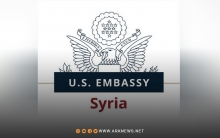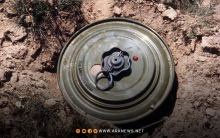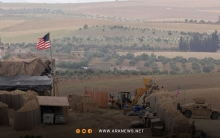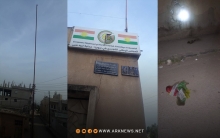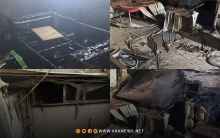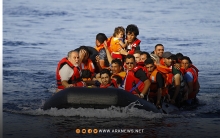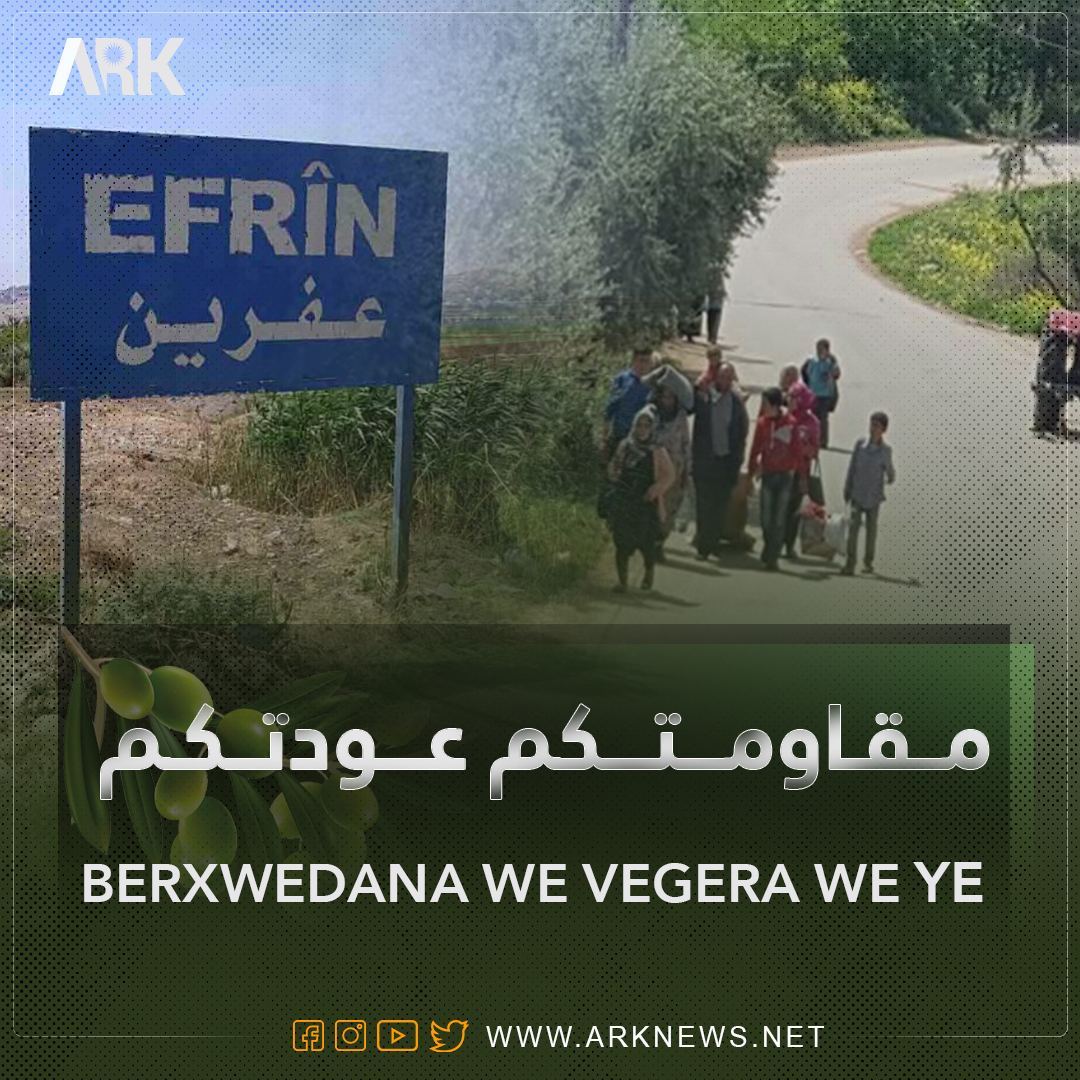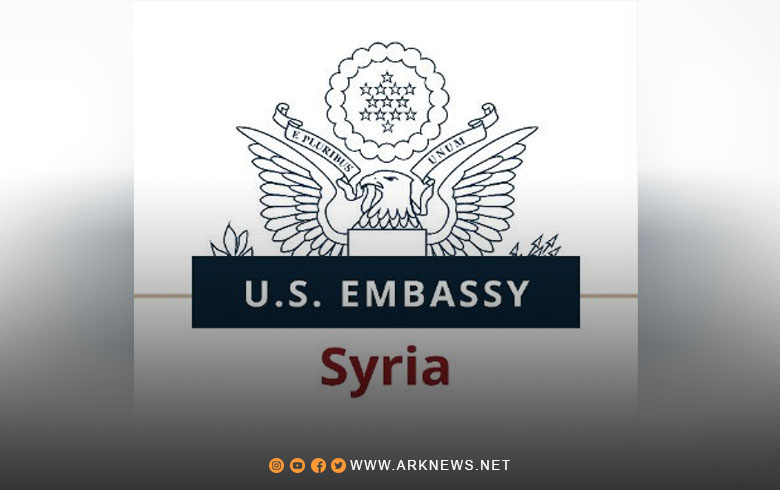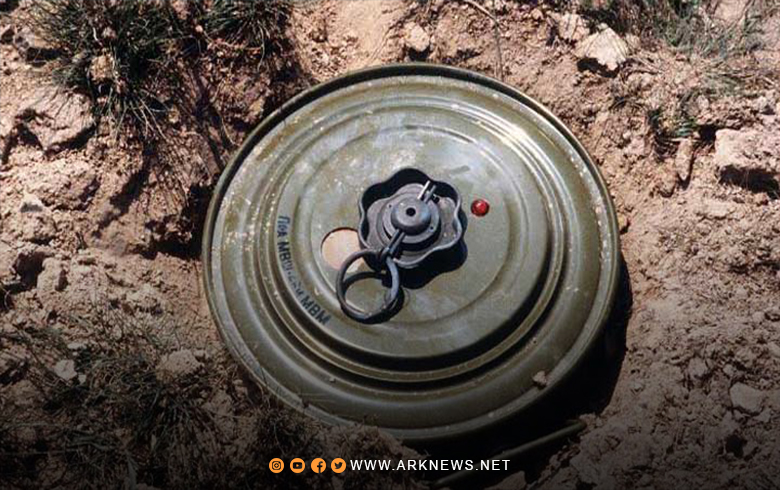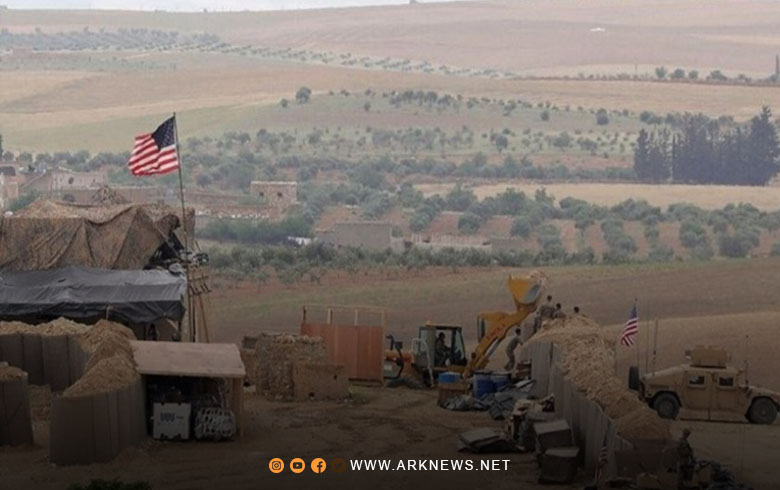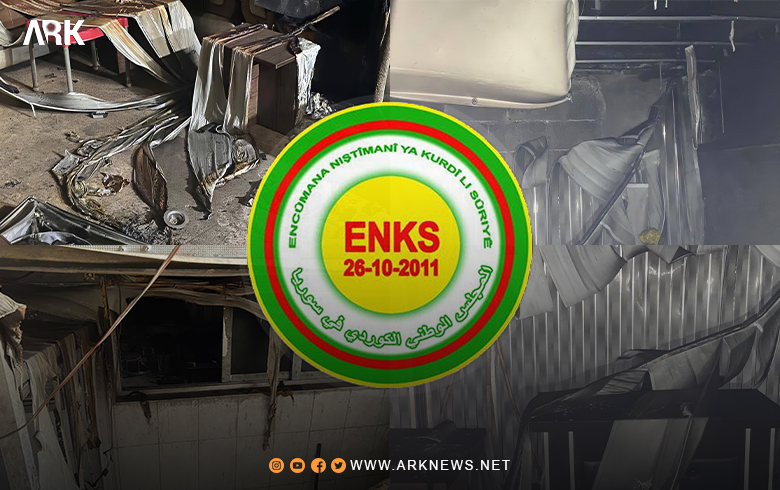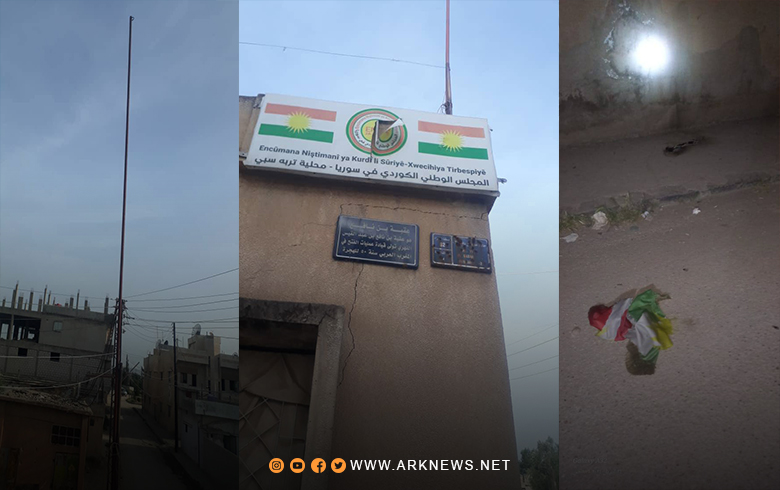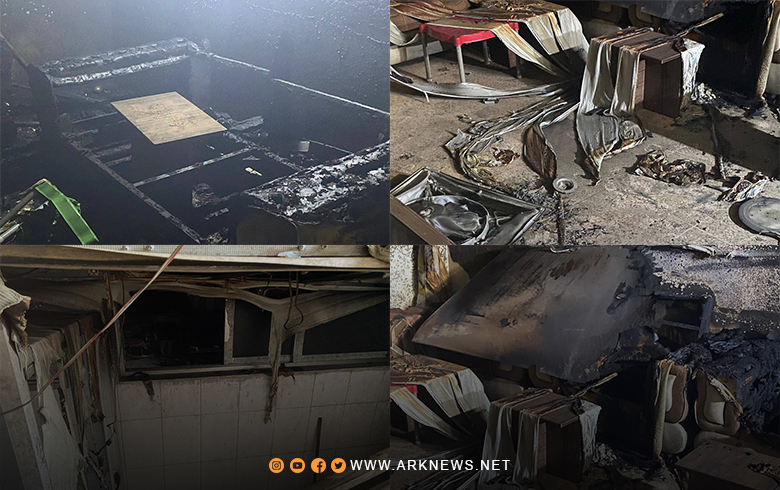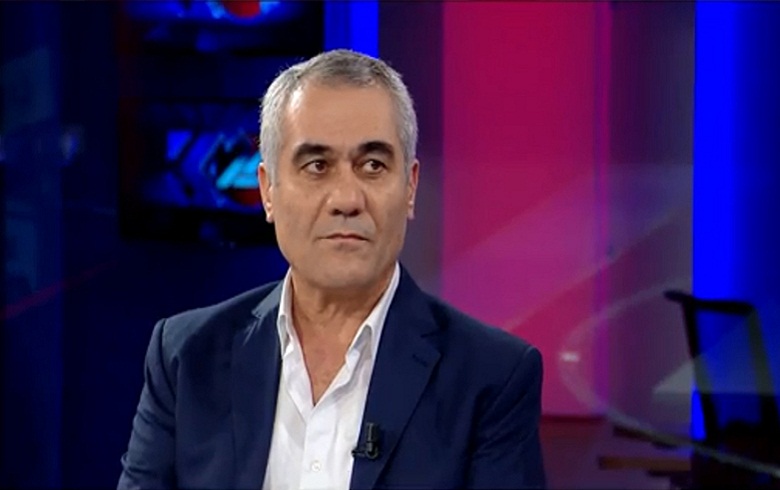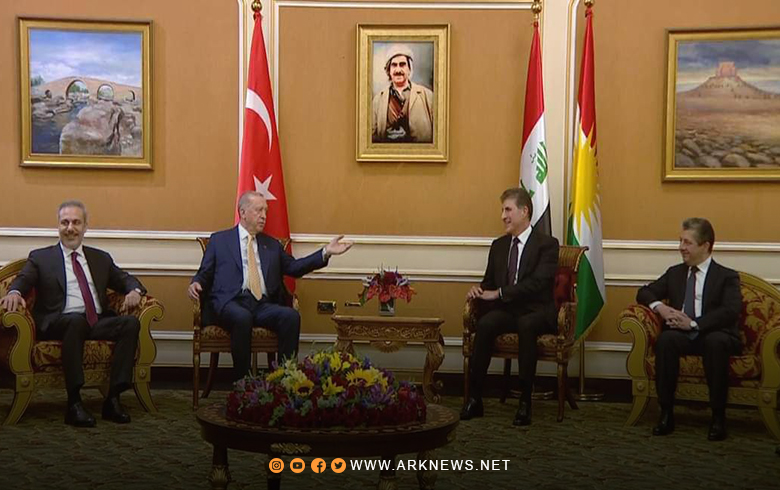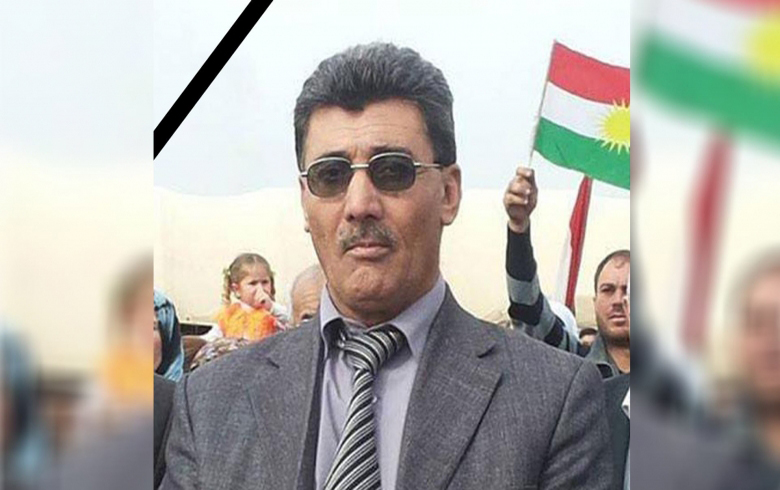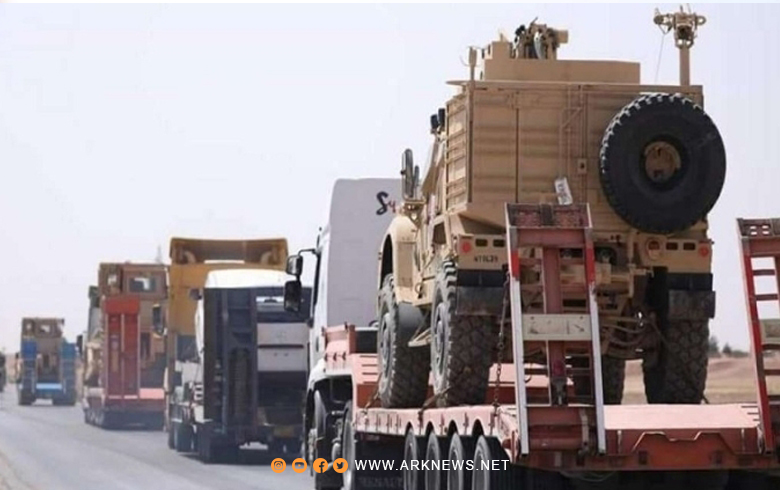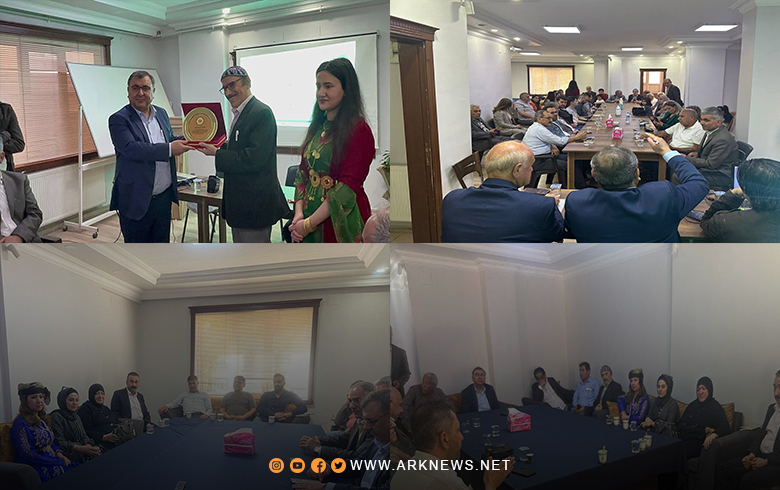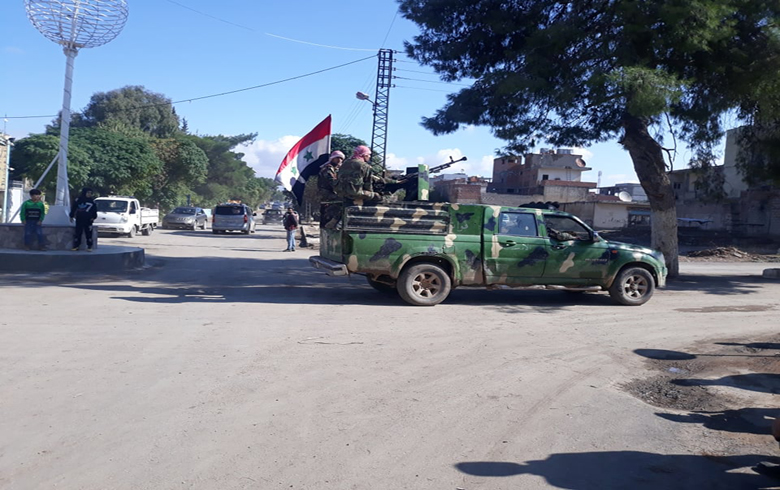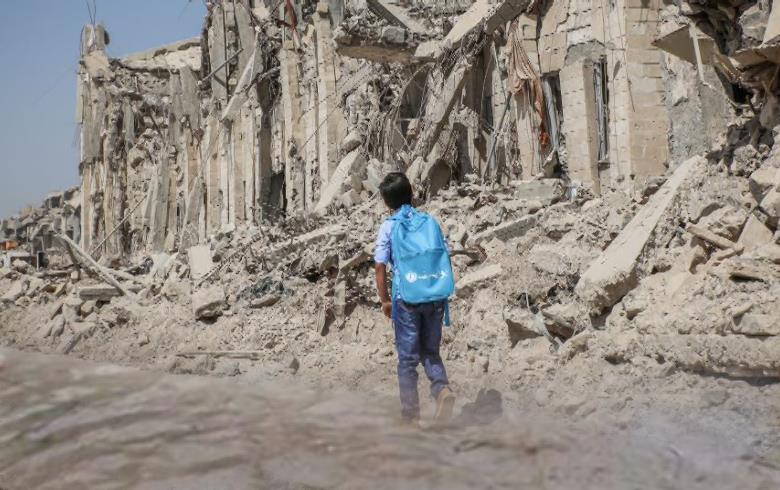
How the world failed children in conflict in 2018
ARK News: Children living in countries at war have come under direct attack, been killed, maimed or recruited to fight, and used as human shields. And world leaders are still failing to hold perpetrators to account for their actions.
For the thousands of children killed or maimed in conflicts this year, the world’s failure is clear. Yet we are also failing children when their homes, their schools and hospitals, and the other services that provide them with the basics of life are denied or attacked.
This is a moral crisis of our age. We must never accept attacks on children as the “new normal.”
Rape, forced marriage and abduction have become standard tactics in conflicts from Syria to Yemen, and from the Democratic Republic of the Congo, Central African Republic, to Nigeria, South Sudan and Myanmar. During 2018:
Afghanistan
Violence and bloodshed remain a daily occurrence, with some 5,000 children killed or maimed within the first three quarters of 2018, equal to all of 2017, while children make up 89 percent of civilian casualties from explosive remnants of war.
Cameroon
The country has seen an escalation of the conflict in the North-West and South-West regions, with schools, students and teachers often coming under attack. In November, more than 80 people, including many children, were abducted from a school in Nkwen, in the North-West of the country and released a few days later. To date, 93 villages have allegedly been partially or totally burned down due to conflict, with many children experiencing extreme levels of violence.
The Central African Republic
A dramatic resurgence in fighting has enveloped much of the country, with two out of three children in need of humanitarian assistance. Attacks and fighting are forcing more children and families to flee their homes, leaving them even more vulnerable to violence. Many children were separated from their parents during the violence, ending up alone in displacement sites or living out in the open. Child malnutrition rates are alarming.
The Democratic Republic of the Congo
Inter-ethnic violence and clashes between security forces and armed groups/militia in the Great Kasai-region and in the eastern provinces of Tanganyika, South Kivu, Nord Kivu, and Ituri have had a devastating impact on children. The response to the ongoing Ebola outbreak has been seriously hindered by violence and instability in eastern DRC. In addition, an estimated 4.2 million children are at risk of severe acute malnutrition. The situation is compounded by violations of children's rights, including forced recruitment by armed groups and sexual abuse.
Iraq
Even as fighting has largely subsided, four children were killed in November in the north of the country when the truck they were traveling to school in came under attack. Children and families returning to their homes in areas previously impacted by heavy violence continue to be exposed to the danger of unexploded ordnance. Thousands of families remain displaced and now face the additional threats of freezing winter temperatures and flash floods.
Ongoing conflict, displacement, and fear of attacks on schools are putting the education of more than 3.5 million children at risk. Today, in northeast Nigeria, the Lake region of Chad, the extreme north of Cameroon and the Diffa region of Niger, at least 1,041 schools are closed or non-functional due to violence, fear of attacks, or unrest, affecting nearly 445,000 children.
A recent surge in violence in the border region between Mali, Burkina Faso and Niger has left 1,478 schools closed.
Myanmar
The UN continues to receive reports of ongoing violations of the rights of Rohingya remaining in northern Rakhine State, which include allegations of killings, disappearances, and arbitrary arrests. There are also widespread restrictions on the rights to freedom of movement and barriers to access health and education including in central Rakhine State. Ensuring children have access to quality education and other essential services will avert a ‘lost generation’ of Rohingya children; otherwise, they will lack the skills they need to fulfill their potential and contribute to society.
Northeast Nigeria
Armed groups, including Boko Haram factions, continue to target girls, who are raped, forced to become ‘wives’ of fighters or used as ‘human bombs’. In February, the group abducted 110 girls and one boy from a technical college in Dapchi, Yobe State. While most of the children have since been released, five girls died and one is still being held captive.
Palestine
Over 50 children killed and hundreds more injured this year, many while demonstrating against deteriorating living conditions in Gaza. Meanwhile, children in Palestine and Israel are exposed to fear, trauma, and injuries.
South Sudan
Relentless conflict and insecurity throughout the annual lean season pushed 6.1 million people into extreme hunger. Even with the advent of the rainy season, more than 43 percent of the population remain food insecure. While the promise of a revitalized peace-agreement offers a glimmer of hope for children, reports continue of extreme violence against women and children, most recently in Bentiu, where more than 150 women and girls reported suffering horrific sexual assault.
Somalia
More than 1,800 children were recruited by parties to the conflict in the first nine months of the year, with 1,278 children abducted.
Syria
Between January and September, the UN verified the killing of 870 children – the highest number ever in the first nine months of any year since the start of the conflict in 2011. Attacks continued throughout the year, including the killing of 30 children in the eastern village of Al Shafa in November.
Eastern Ukraine
More than four years of conflict have taken a devastating toll on the education system, destroying and damaging hundreds of schools and forcing 700,000 girls and boys to learn in fragile environments, amidst volatile fighting and the dangers posed by unexploded weapons of war. The situation is particularly severe for 400,000 children who live within 20km of the “contact line”, which divides the government and non-government controlled areas and where shelling and extreme levels of mine-contamination pose lethal threat to children.
Yemen
The UN has verified 1,427 children have been killed or maimed in attacks, including an ‘unconscionable’ attack on a school bus in Sa’ada. Schools and hospitals have come under frequent attack or been used for military purposes, denying children access to their right to education and health care. This is further fueling a crisis in a country where every 10 minutes a child dies due to preventable diseases, and 400,000 children suffer from severe acute malnutrition.
523

